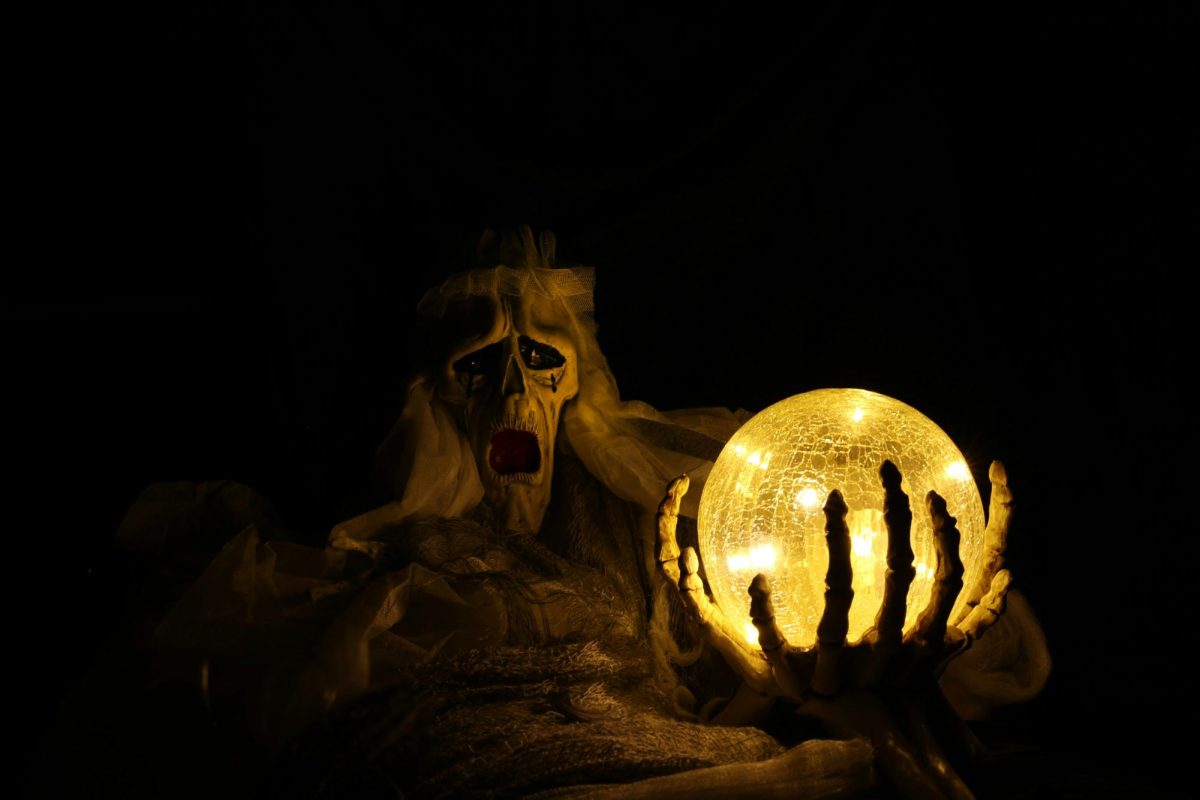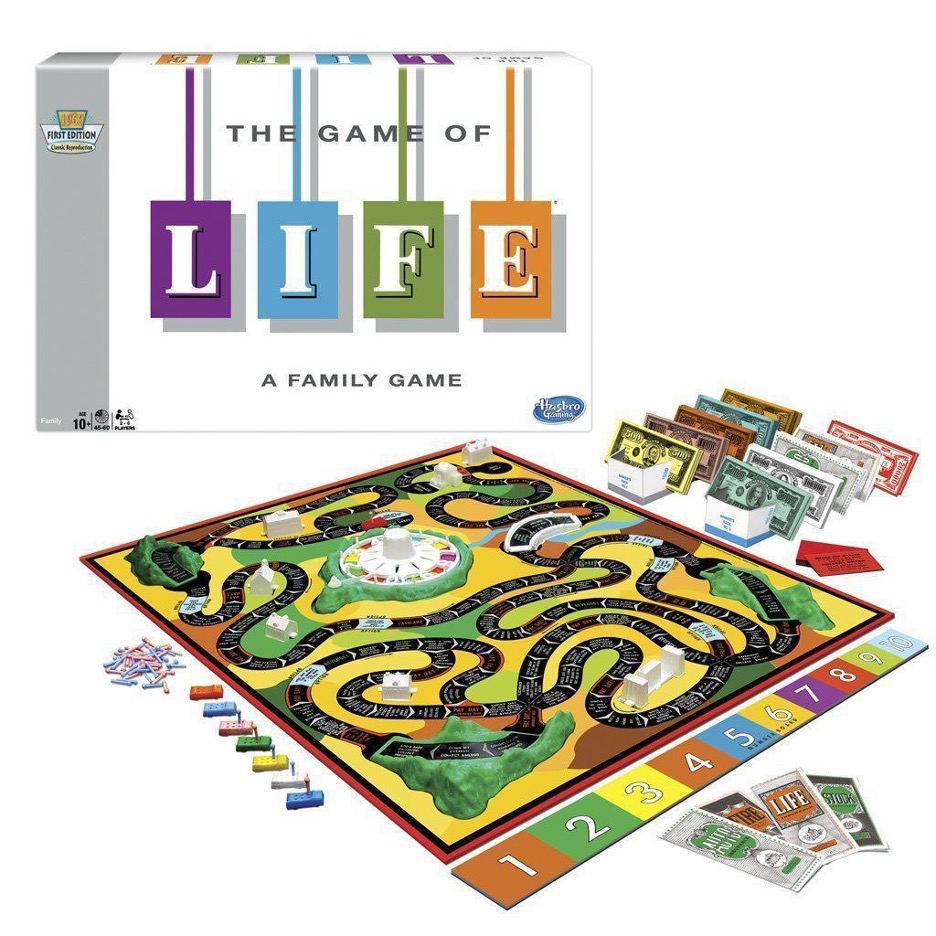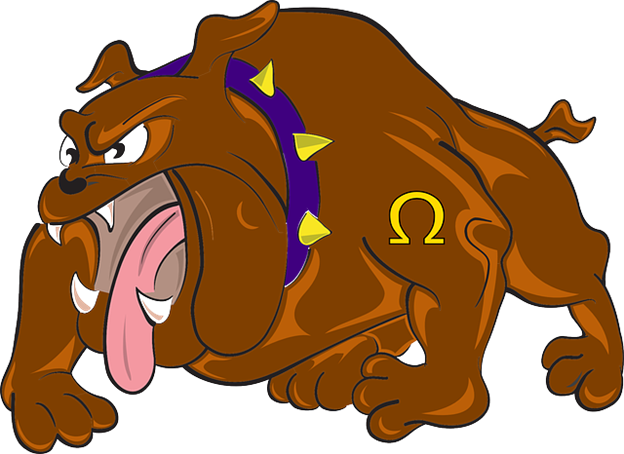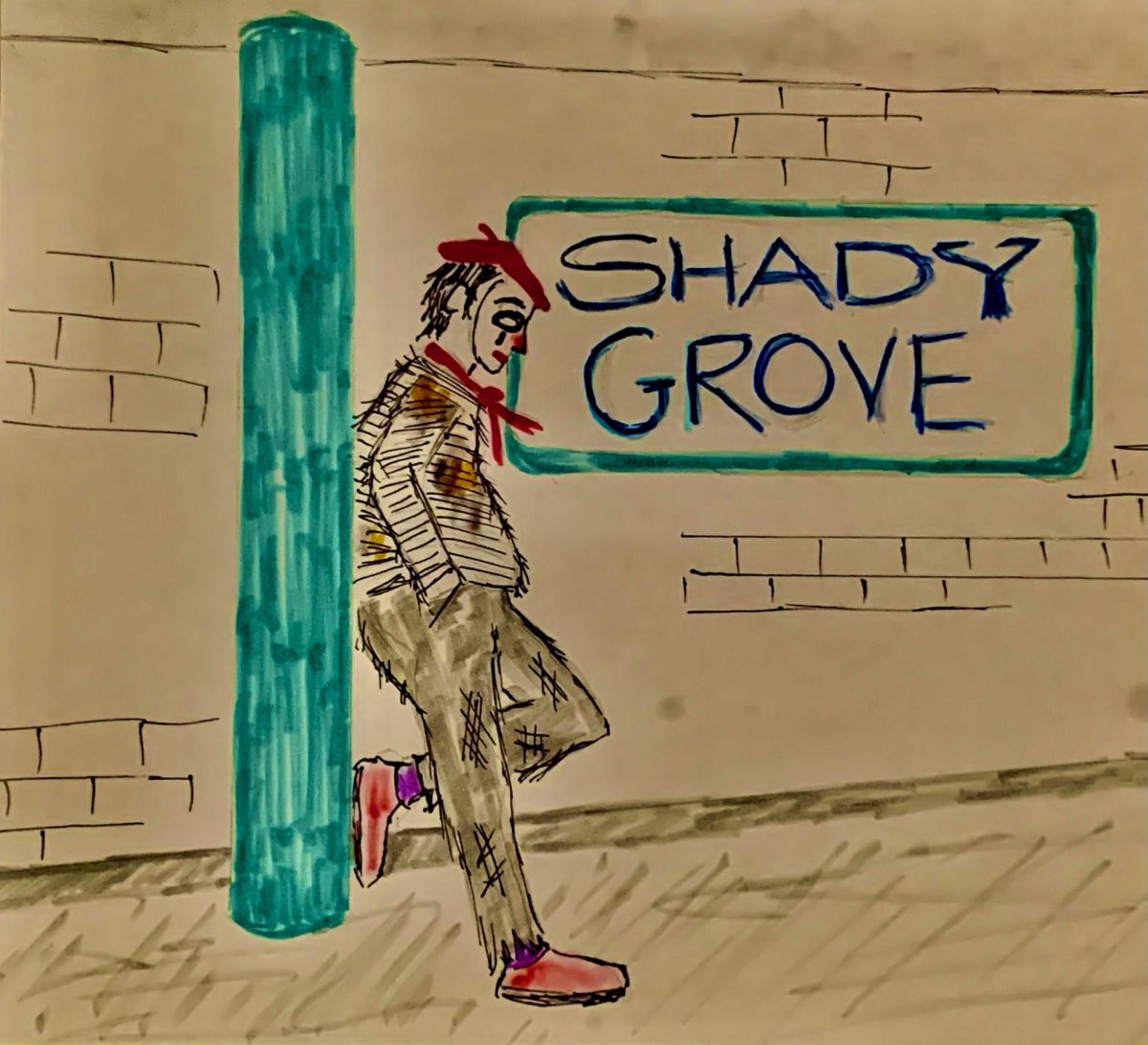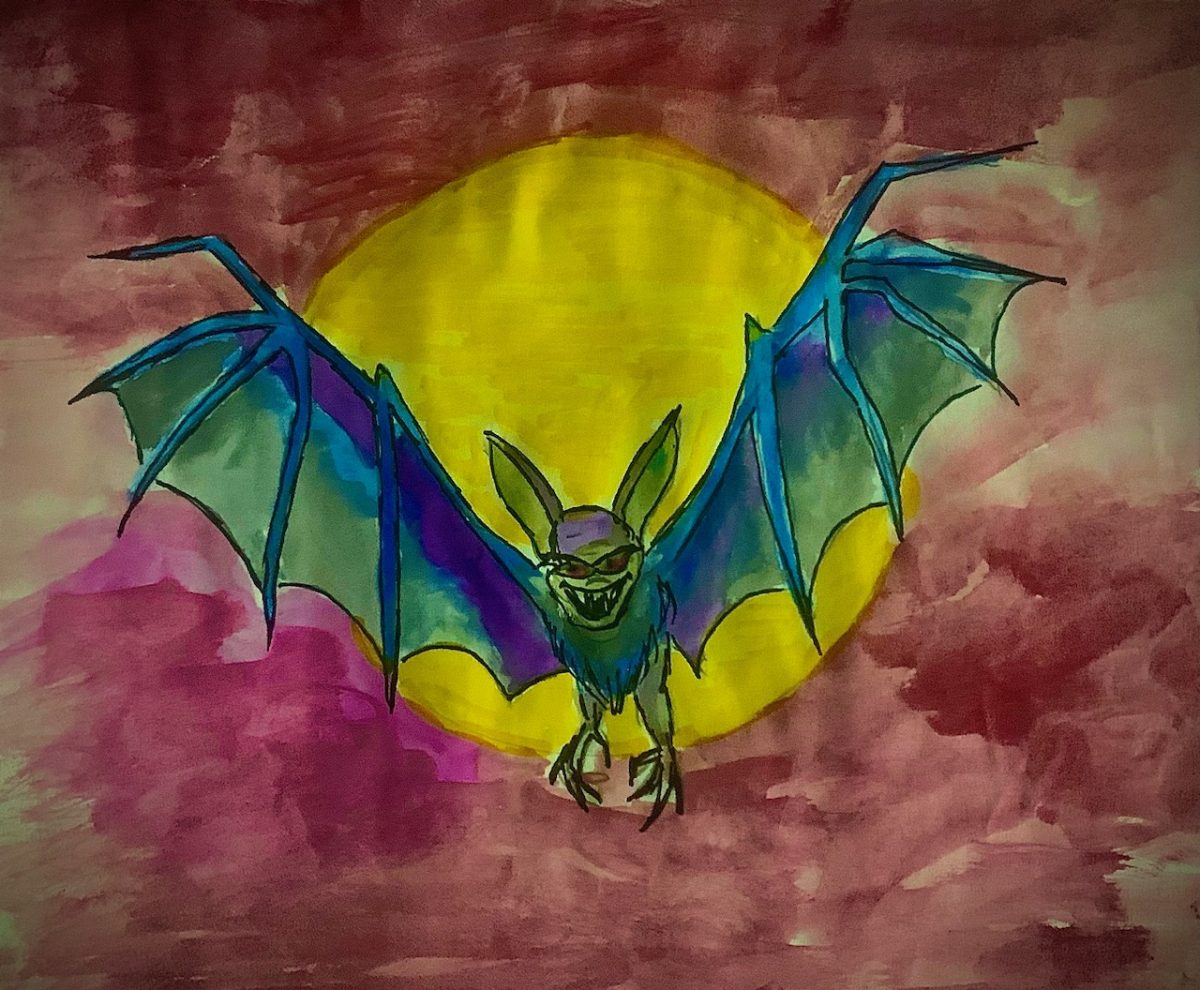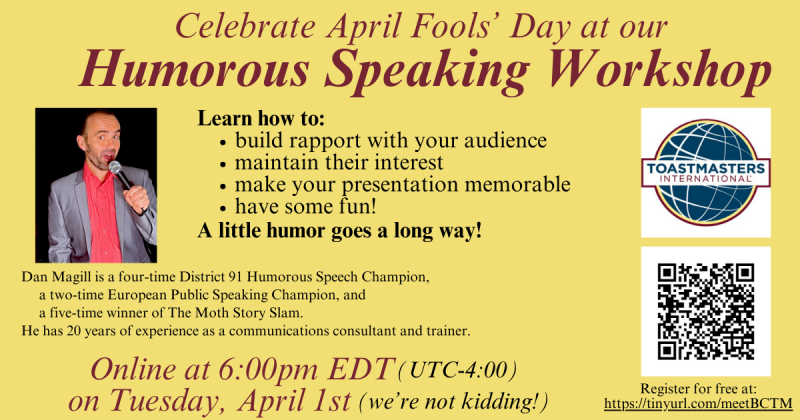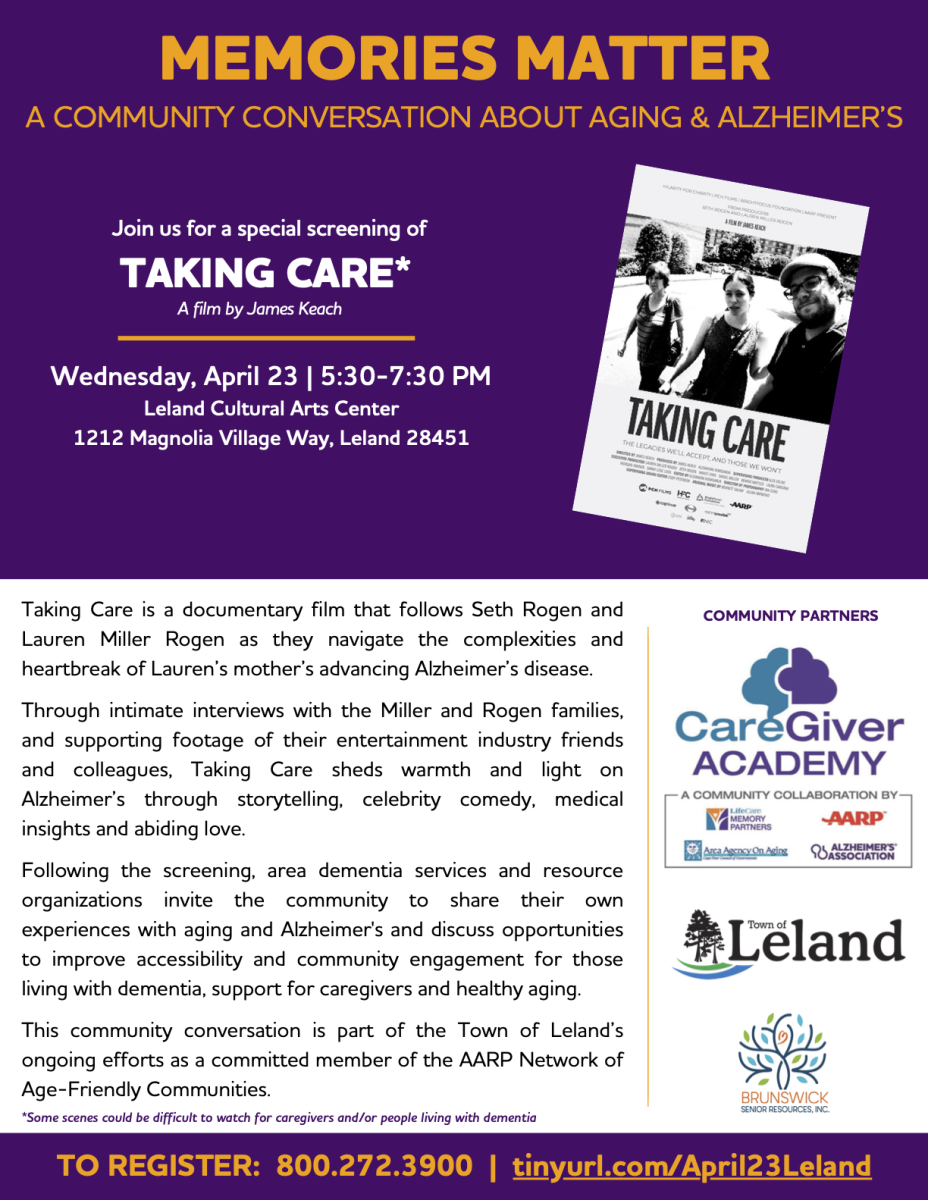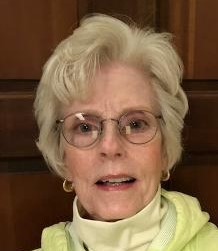October, the tenth month of our year, brings falling leaves and temperatures, signifying the end of harvest season. It is a transitional month between summer and winter, reminding us of the cyclical nature of our existence. On the last day of October, we celebrate Halloween with colorful or scary costumes and Trick-or-Treat for the children, but for the ancient Celts, October held different meanings.
The Celtic calendar marked October as the last month, or twelfth month, of the year. The end of October blurred the boundaries between the living and the dead, allowing spirits or ghosts to return to Earth. The Celts made food offerings to appease the roaming spirits from creating mischief or harm. There seems to be evidence that ancient Celts also fabricated costumes of evil spirits in attempts to confuse demonic ghosts.
* * *
On the last Sunday of October, Aidan awoke before dawn in anticipation of a car trip on Virginia’s Skyline Drive. He wished to view the autumn foliage in Shenandoah National Park as he traveled along the crest of the Blue Ridge Mountains. This year was billed as the most spectacular in a decade due to perfect climate conditions. He dressed in camouflage clothes and packed sandwiches, snacks, water, and Boy Scout necessities remembered from his childhood.
He started the ignition of his Ford F-150 Lightning and drove out of his neighborhood. The day and scenery met his expectations. Tired but happy, he headed back to his brand new home, arriving seconds before midnight.
Weary from his drive, he wondered why the automatic garage door did not open. Several attempts later, he manually dialed in his entry code on the keypad. No response. The code did not open his front door either. Frustrated, he decided to try the back door, tripping over something but maintaining his balance. No luck with the back door. He walked around the house to the latched door to the garage, shoving it open. He hit the overhead garage door switch and drove into his garage. As expected, the door from the garage to his house was unlocked. Without turning on a light, he put his Boy Scout gear on the kitchen island, walked into his bedroom, and collapsed on his bed. Exhausted, he fell asleep before brushing his teeth or putting on his PJs.
* * *
Conor was alone for the weekend. His girlfriend flew to Chicago to celebrate her mother’s 65th birthday and he decided to attend his college’s homecoming weekend. He visited with his old friends late into Saturday night following an exciting hockey game leading up to the conference games. Late on Sunday afternoon, he started the drive home, arriving 40 minutes past midnight. He parked on the driveway, as usual, stumbled into his house, headed for his bedroom, and crashed into bed just before bedlam broke loose.
* * *
Can either man, Aidan or Conor, be blamed for the unfortunate events of that October night? Both homes had identical floor plans and both men thought they had entered their rightful home in Hazard’s Corner. Aidan was too tired to think the problems with door locks indicated he was in the wrong house. Could Conor be blamed for Aidan’s fractured jaw, broken teeth, fractured ribs, and lacerated hands? Could Aidan be blamed for Conor’s “boxer’s fracture” to his hand, dislocated arm, multiple contusions, and property damage perpetrated at Conor’s home due to Aidan’s wrongful entry?
* * *
Charges of trespassing, assault, disturbing the peace, and destruction of property were filed with the court. The trial date was set and both men appeared in court on the appointed day. The judge and jury listened to the opposing attorneys’ opening statements. The courtroom atmosphere during the “Bedlam Trial” shifted from stifled amusement to horror as details of the night in question were presented as evidence to support each attorney’s case. The jury deliberated while people attending the trial awaited the verdict. Which man was the guilty party? Who should receive damages? But the question foremost in people’s minds was what caused one of them to unknowingly enter the wrong house? The judge pondered if the Celtic ancestors of these two men were responsible for the mischief transpiring on that October night. Everyone watched the clock as deliberations continued into late afternoon when the verdict was announced one year after the events occurred.
The jury found it could not fault either man for defending the physical attack from the other man. Damages resulting from the bedlam were difficult to assign since each man thought he was in his home defending his property. The jury determined that one man must have turned right instead of left at an intersection, arriving at the wrong but identical house. A mistrial was declared. The judge, Desmond Cormac, hurried from the courtroom. He was afraid. He needed to get home before dark when the ghosts of the dead returned to Earth. He feared his Celtic ancestors might play tricks on him before he could prepare food to appease them. As he turned off the highway a short distance from his home, he chuckled to himself when he saw the setting sun glint on Halloween costumes moving along a sidewalk. Then, like a black curtain, darkness enveloped his car and Desmond Cormac broke out in a cold sweat. Frightened, he drove with caution past lines of freakish trick-or-treating ghouls. He had difficulty reading the street signs. Panic-stricken, he meandered in an eerie cloud of fog through a maze of streets inhabited by mischievous spirits and demonic ghosts in his subdivision of cookie-cutter homes at Hazard’s Corner.

